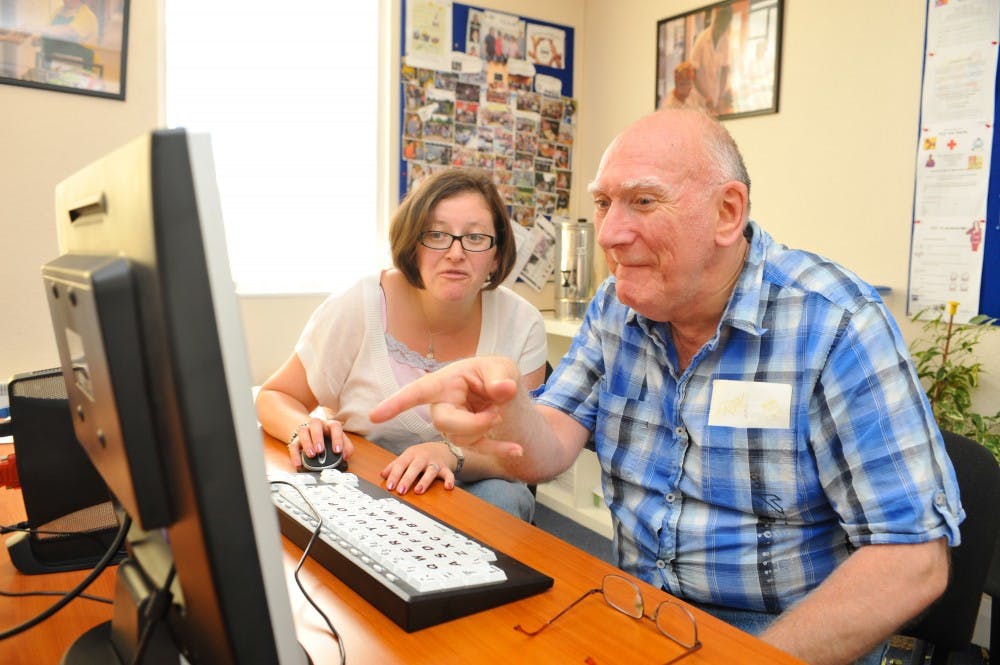Technology has come a long way, from using a telegraph to transmit morse code to high-speed computers and touchscreen phones that can do virtually anything. It has expanded to encompass a large part of daily life with a wide array of applications. Technology continues to branch out into various other disciplines and has already helped to make huge strides in improving the quality of health care.
A joint group of researchers from Osaka University and the Nara Institute of Science and Technology in Japan have demonstrated the ability of an accurate and easy-to-use system to detect dementia in patients.
Dementia is the term used to describe a group of symptoms that often negatively impact memory, thinking and social abilities. Memory loss, states of confusion and disorientation, difficulty with coordination and motor functions, and difficulty with handling complex tasks are just some of the possible changes in an individual suffering from dementia.
These cognitive shifts are usually coupled with psychological shifts that involve personality changes, depression, anxiety and hallucinations.
Previously there was not a singular test for dementia diagnosis but rather a series of factors that played into a doctor’s diagnosis, such as medical history, physical examinations, laboratory tests, and characteristic changes in thinking, day-to-day function and behavior that are associated with various types of dementia.
Cognitive function tests like the Mini-Mental State Examination (MMSE) and medical imaging systems at hospitals were in heavy rotation for dementia diagnosis, but as the number of people affected by dementia grows, simpler and more effective detection methods are valued.
The researchers of this new study revealed the capability of conversation in human-agent interaction to correctly identify dementia patients. The technique uses machine-learning as its basis, in which a machine learns the characteristics of sounds of elderly people from their answers to basic questions in response to avatars on a computer.
Speech, language and face patterns are all taken into consideration by the computer. They serve as valid and useful identification means since impaired communication and language skills coupled with poor reasoning and judgment are key symptoms of dementia.
Through learning, the computer was able to distinguish dementia patients from healthy patients with a success rate of 92 percent, with six questions being asked.
The trial was conducted with 12 dementia patients and 12 healthy controls. Those diagnosed with dementia were characterized by a delay in response to certain questions from avatars, as well as intonation, articulation rate of the voice, and the percentage of nouns and verbs utilized in speech.
“If this technology is further developed, it will become possible to know whether or not an elderly individual is in the early stages of dementia through conversation with computer avatars at home on a daily basis,” Takashi Kudo, a senior author of the study, said, according to Neuroscience News. “It will encourage them to seek medical help, leading to early diagnosis.”
The risk for dementia is controlled by a mix of permanent and flexible factors, suggesting that early tests such as these could help patients work to stave off dementia. Age and family history are among the more permanent factors, while heavy alcohol consumption, smoking, hypertension and obesity are among the factors that an individual might be able to alter. A recent observational study conducted with information across Greater London in the U.K. pitches the idea that air pollution might also contribute to the development of dementia.
The prevalence of dementia in society urges the medical field to continually search for remedies, and the accuracy of human-agent interaction detection is an important milestone in the early detection of dementia.
Early detection allows for more time to mitigate the condition. The study concluded with the importance of such research.
“Small delays in disease onset and progression can significantly reduce the global burden of disease,” authors wrote.





